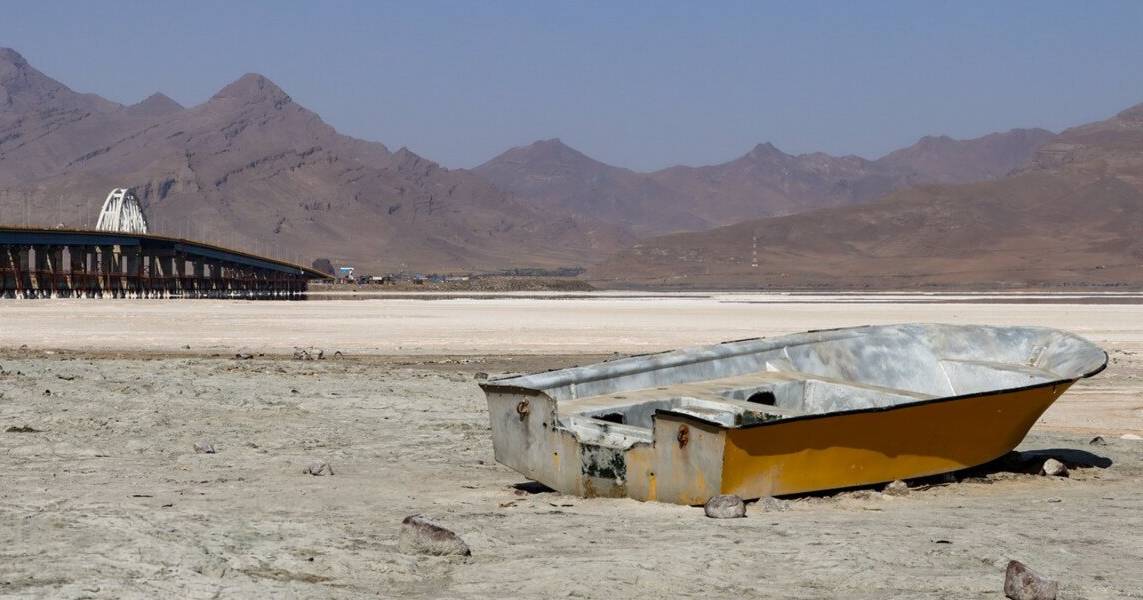But the crisis is rooted less in the sky than in decades of flawed policy: rushed dam-building, inefficient farming and poor governance.
The defining problem is management: lack of coordination among key ministries and short-term crisis fixes that ignore long-term realities.
One striking example came in July 2025, when schools and offices in Tehran and several provinces were temporarily shut down to reduce electricity and water consumption.
The move briefly eased pressure on the grid but underscored the absence of durable policy. No plan yet in sight promises anything near a comprehensive solution.
Daunting figures
A new energy ministry report shows dam inflows this year at just 1.35 billion cubic meters, an extraordinary drop from long-term averages. Total storage in Iran’s 193 major reservoirs has fallen to 34% of capacity, down 25% from last year.
Tehran’s situation is even more alarming.
The capital’s four main dammed reservoirs (Lar, Taleqan, Karaj and Amir Kabir) hold barely 12% of capacity, with Lar at just 2%. Inflow into the capital’s system has plunged 43% year-on-year.
If nothing changes, next summer could bring rationing and widespread drops in water pressure for millions in Tehran and other major cities.
Agriculture: the main drain
The core of Iran’s water crisis lies in agriculture, which consumes over 80% of renewable water resources, often with less than 40% efficiency. Much of the water used in irrigation is simply lost through evaporation, leakage, or outdated techniques.
Households, by contrast, account for just 6-10% of total use, yet are routinely targeted by conservation campaigns. The real problem is structural: water-intensive crops, unrealistic self-sufficiency policies and misallocated resources.
In many plains, groundwater extraction is two to three times higher than natural recharge rates, leading to dried wells, collapsing traditional aqueducts called qanats and land subsidence—up to 30 centimeters a year in some regions.
A test of survival
Climate change has intensified the crisis. Iran’s average temperature has risen 1.8°C over the past decade, triggering the evaporation of billions of cubic meters of water from dams, lakes, and soil.
Evaporation in many regions now exceeds total annual rainfall. Steady rains that once fed aquifers have been replaced by sudden flash downpours that run off quickly instead of replenishing the ground.
Iran can escape its water spiral only through structural reform: overhauling crop patterns and boosting agricultural efficiency, repairing leaky water networks and establishing transparent, data-driven water governance.
But the country’s water crisis is ultimately a test of governance and social resilience. Without deep reform, the coming year could turn “thirst” from metaphor into political reality.
Water bankruptcy is not just empty reservoirs. It signals a failing contract between nature, the state and society which badly needs to be renegotiated.
